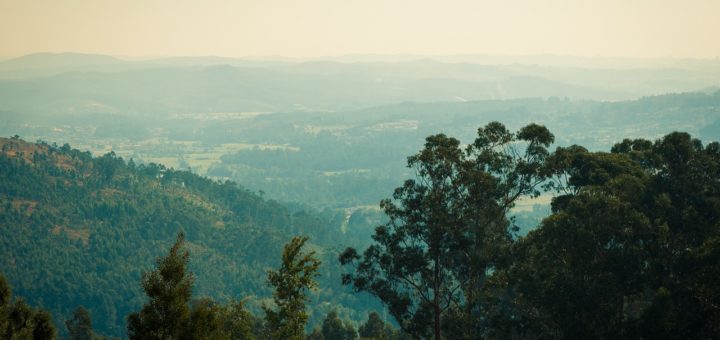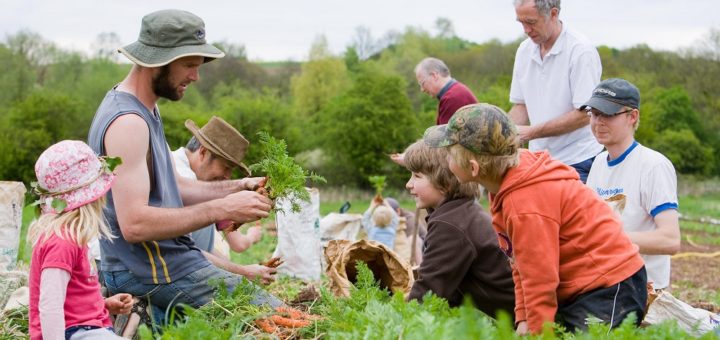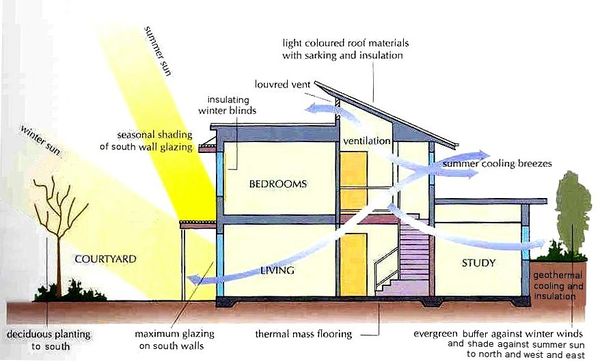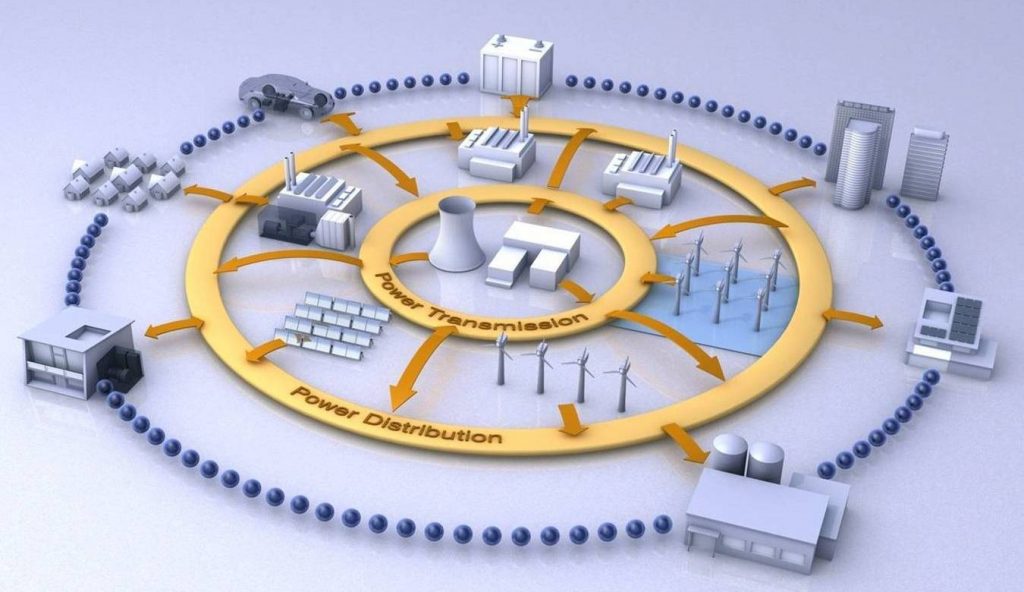Transition pathways are compared to the land use domain of the Netherlands and Portugal. The land use domain analyses land systems and the changes within them and typically involves the analysis of land cover and land use. 4 main regimes were identified, three of which are common to both: agriculture, nature, and urban, and one which is different for each. The Dutch and Portuguese niches under study are all examples of regime transformation niches.
PATHWAYS
Project details
- Project title: “Exploring transitions pathways to sustainable, low carbon societies” (PATHWAYS)
- Funding scheme: European Union Seventh Framework Programme (EU FP7, grant agreement no. 603942)
- Duration: 3 years (1 December 2013 – 30 November 2016)
- Project coordinator: PBL Netherlands Environmental Assessment Agency
- Project website: www.pathways-project.eu
Comparing the observed transition pathways in the agro-food domain in the Netherlands and Hungary investigates niche innovations from both countries and provides insight into the potential ways toward a sustainable and low carbon society. Differences and similarities between the countries can be explained by the following: societal issues, export vs. import, the government environment, the focus of policy, government involvement, and geographical context. Innovation is the best chance for direct progress to reduce the pressure.
In the PATHWAYS project, empirical transition pathways have been compared to ideal-type transition pathways. All analyses use the multi-level perspective (MLP) to explain similarities and differences between the different countries. One of the domains considered is land-based passenger mobility, with empirical transition pathways from the United Kingdom and the Netherlands.
In this article, heat energy transition pathways in the UK, Germany and Sweden have been compared by evaluating empirical to ideal scenarios. Heat energy transition is the core of the energy transition, as heating is currently the most energy-intensive activity in Europe.
In this article, we analyze empirical and ideal scenarios for electricity system transitions in Germany and the UK through Multi-Level Perspective (MLP).
There are many case studies on local and regional transitions. Until now, an overview of such case studies was missing. The EU-funded PATHWAYS project has created a database that allows for sharing information from previously done European case studies, in order to foster the reuse of the knowledge gained in previous studies.







